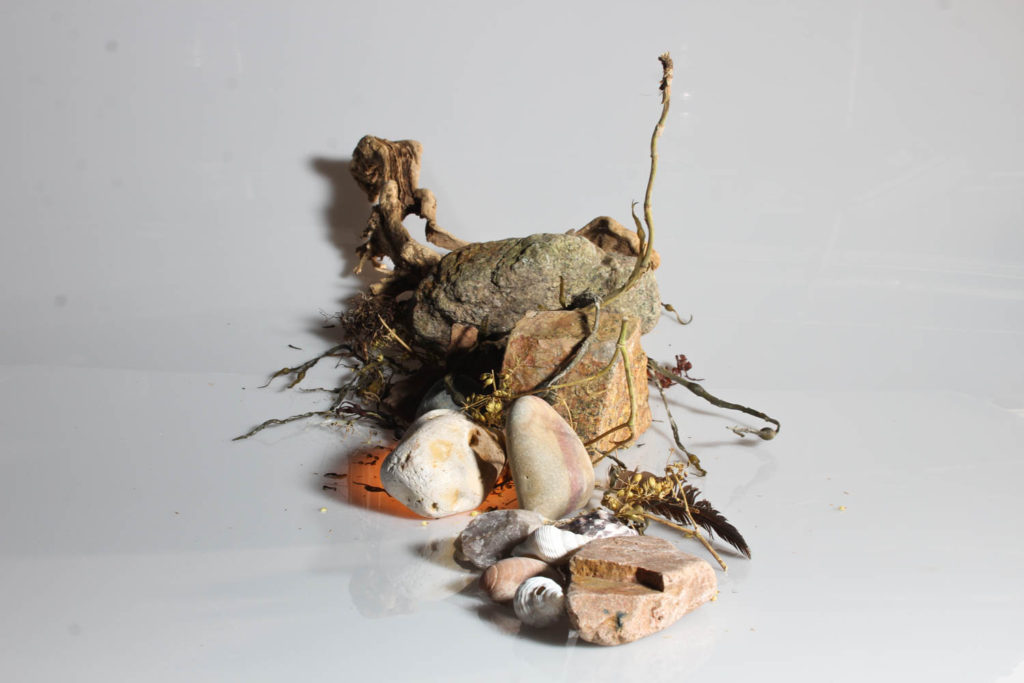Aperture controls the exposure and the depth of field of an image. It controls a hole in the camera, and the larger the hole the more light let in. The smaller the hole the less light let in. A small aperture would create a large depth of filed, so everything in the image will be in focus. However, a large aperture will result in a short depth of field.


Aperture needs to be set according to thew shutter speed
I attempted show depth of field in my photos by photographing beach objects in the studio and changing the aperture. In these photos we used a large aperture because the background isn’t focused.


However these photos have a small aperture as the whole image is in focus.


Here is a clear comparison of a photo with a small aperture compared to a photo with a large aperture.


Overall, the aperture and depth of field can affect the focal point of the image, and the impact it has. A short depth of field can create a dramatic feeling as the only part in focus is the main object. On the other hand a large depth of field can create an overall focused image, which is less intense and has more depth.
Aperture links with shutter speed. If you have a large hole for aperture, and a long shutter, the image will be over exposed as too much light is being let in. So a large hole needs a shorter shutter speed and vice versa. This all depends on the light source, and how bright or dark where you’re photographing is.
